WORLD TRAVEL NEWS ARTICLE
CHILE
Prosperous by South American standards, Chile is one of the Southern Cone countries – Chile, Peru, Uruguay and Argentina – which have developed significantly along western lines.
The currency of Chile is the (Chilean) peso = 1000 centavos. For current exchange rates visit www.xe.com
Languages spoken are Spanish and several of the Amerindian languages.
The capital, Santiago is located in the Central part of the country, in the mountains. The airport, Comodoro Arturo Merino Benitez International, is some 30 minutes from the city, in the Pudahuel Metropolitan Region. Valparaiso, a seaport, is 60 miles from the capital.
For information on the latest visa requirements visit www.projectvisa.com

Arica Cape, Chile
Of the five distinct zones in the country, the Great North zone touches the border with Peru near to the coastal resort of Arica which offers sun, sea, entertainment and culture, as well as being a starting point for visiting the national parks of the Bolivian Altiplano. Its mild year-round climate has won it the nickname City of Eternal Spring. A railway line, built in England in 1856, links Chile to Peru. The train from Arica runs to the Peruvian city of Tacna, which boasts a small architectural jewel of a station, making it fascinating viewing for railway lovers; it is a living museum full of railway material.
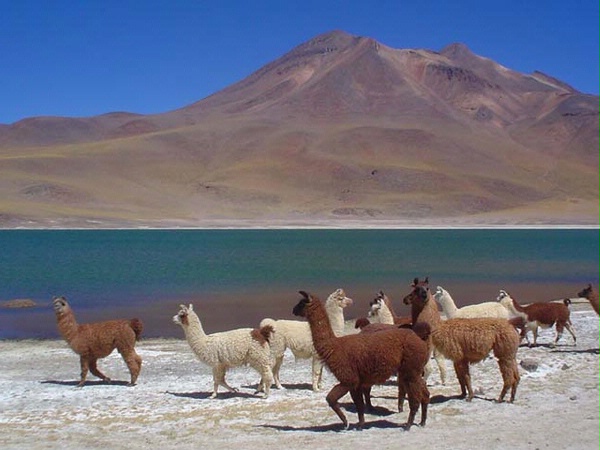
Atacama Desert, Chile
In the Great North too, lies the vast and extraordinary Atacama Desert. This is the driest place on earth – in some of its most arid parts rain has not been seen for 300 years! The desert is rich in copper, the country’s main export. In the War of the Pacific in 1879, Chile took over this territory from Bolivia, and the port of Antofagasta now exports copper around the world.
Below the Atacama Desert, is the Little North zone. Lying south from Copiapo lies a farming region with traditional stone built villages and a small amount of copper mining Artisans of these rural villages produce silver and copper adornments to sell, and there is a vineyard at La Serena, whose lighthouse is the city symbol. In 1818 Chile’s Declaration of Independence was signed here. This is a city full of old-world charm and a bloodthirsty history; it was founded in 1543, later devastated by indigenous people and then raided by the English in 1680.
Central Valley is the third of the five zones, and its fertile land with an equable climate, ensures that 60% of the population choose to live here. The major vineyards are sited here, as well as the largest of the copper mines Coal is extracted from mines running under the sea bed at Lota. Ski-ing in the mountains is a favourite pastime between June and September, just south of Santiago. The capital city’s inhabitants are artistic and hospitable and they display shrewd business acumen. There are however, refugees from the countryside living in and around the city, who can no longer survive by working the land, and their poverty is a sad contrast to the affluence of the capital.
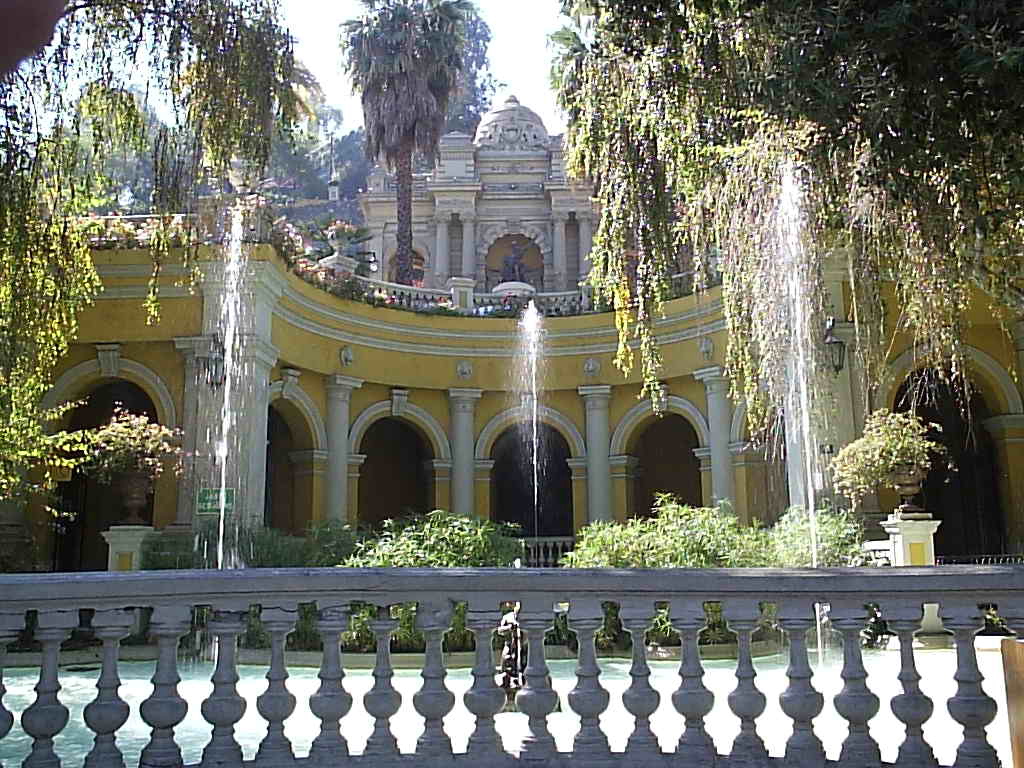
Santa Lucia, Santiago
What to see and do in Santiago
Start in the centre at Plaza de Armas, a square of trees and colonial style buildings, tranquil now, but formerly a venue for the hangman’s regular public performances. The history museum and the cathedral both merit visits. The Palaccio de la Moneda houses the old mint and draws visitors because it became the president’s palace wherein Salvador Allende died during the coup of 1973. Salvador Allende led the first socialist government to be elected in Chile, in 1970. Although voted in by a majority, this turn of political events did not meet with approval from the mighty USA nor of course from those on the right. Hence in 1973, under General Agosto Pinochet Ugarte, troops stormed the Palace to depose president Salvador Allende. So began a fifteen year era of ruthless killing, torture, kidnapping and imprisonment authorised by Pinochet.
By 1988 a referendum resulted in an overwhelming rejection of General Pinochet, and a coalition government made up of the communist, humanist and several smaller parties came to power. In 1998 Pinochet was arrested in London for extradition to answer Spanish allegations of torture. He was, however, released in 2000 on health grounds and subsequently died in 2006, never having had to account for his actions.
In 2006 Michelle Bachelet became the first woman President. She faced a tough challenge in dealing with the ever widening divide between haves and have-nots. It was this very problem that saw Salvador Allende’s party voted to power 35 years before. Inequality continues in ever-increasing measure today.
Valparaiso and the coastal resorts
The old port of Valparaiso has been declared a World Heritage site and the quiet atmosphere makes for a blissful leisurely amble through its old attractive streets. The old port, Muelle Prat, dates from the 16th century, and a funicular journey to the top of any of the surrounding seventeen hills rewards you with breathtaking views down into the bay.
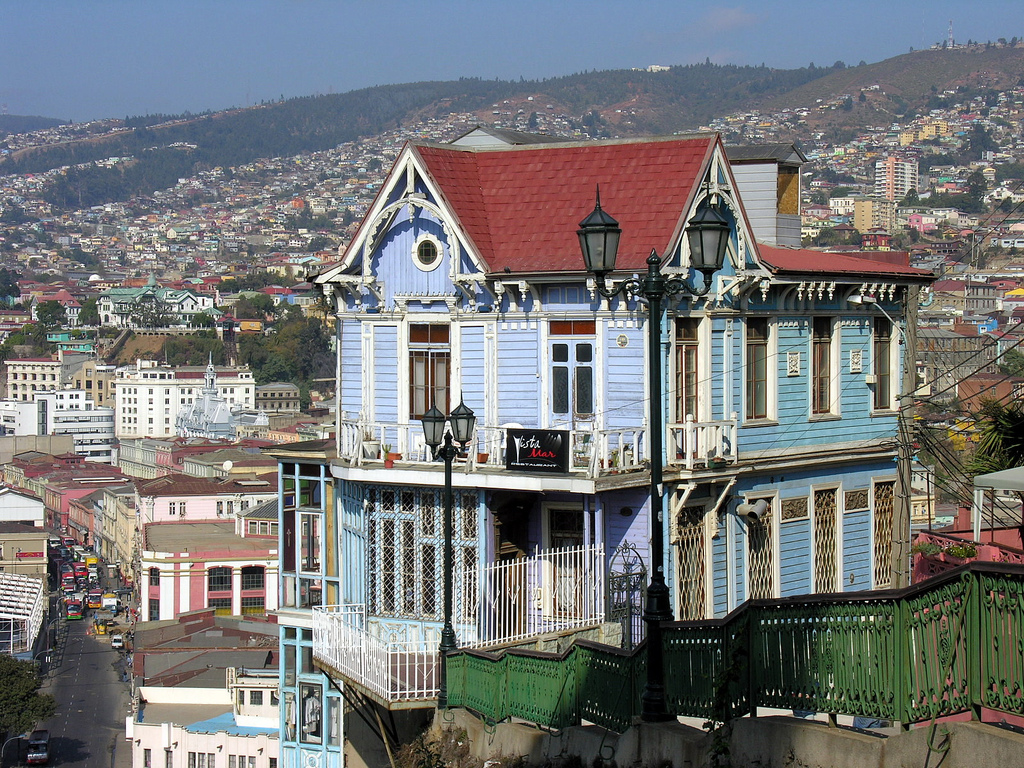
Valparaiso
Vina del Mar and Algarrobo are resorts with elegant holiday homes within reach of picturesque fishing villages and where horse driven carriages are on hand to transport you to your next destination.
The Lake District
As you travel south, it becomes colder but stunningly beautiful, and with a sparse population, this zone is a photographer’s dream. It occupies the land running from the river Bio-Bio going 370 miles south to Puerto Montt. The City of Concepcion at the mouth of the river Bio-Bio is large, busy and industrialized, but is interspersed with occasional weathered clapboard barns or churches. Lush alpine valleys, rocky canyons, deep lakes formed by glacial retreat, Andean mountains, volcanoes capped with snow, ancient trees and stark lava fields all compete in a successive flow of nature and beauty. The local Amerindians who live here speak Araucanian.
The Lake District is spread across Chile and Argentina with Chile having most lakes. One area, known as Seven Lakes, has six lakes in Chile, and the seventh being on the other side of the frontier, in Argentina.
Valdivia port was the first of the Spanish settlements. It lies on an estuary where several rivers converge, and nowadays tours are run for visitors to view the forts that were built to ward off attacks from the indigenous Mapuche people.

Valdivia
Osorno is the centre of the cattle rearing region of the Lake District. Osorno volcano looms over the two biggest lakes, Lake Llanquihue and Lake Todos Los Santos (otherwise Lake Esmerelda), the waters of which are bitterly cold.
Villarrica is a resort from where guests in their hotel rooms by the lakeside can look out at night to see the glow from the still active volcano! Not recommended for the faint hearted.
Frutillar is a charming German-style village situated on the west side of Lake Llanquihue, South America’s third largest natural lake. Famed for its important Music Festival held annually, it also holds the strange record of being the site of the most southerly growing palm tree in the world!
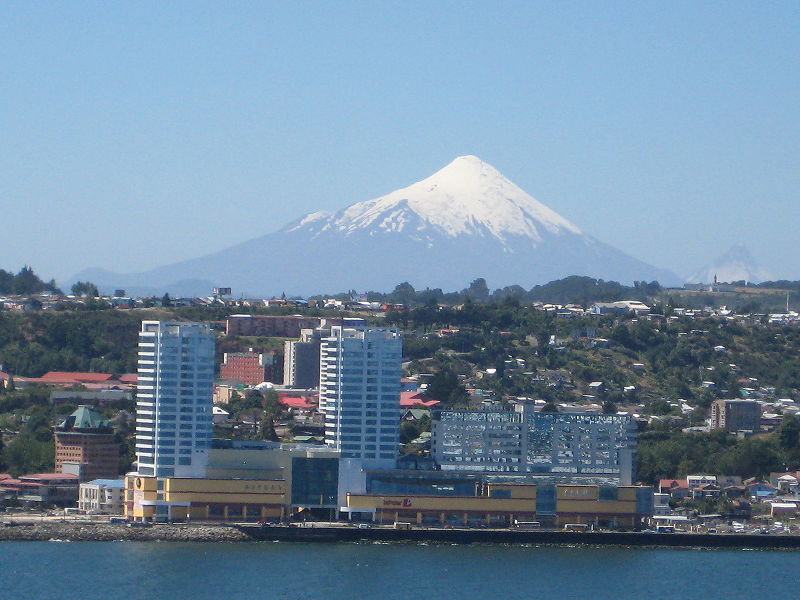
Puerto Montt
Puerto Montt was founded in 1853 by Vicente Perez Rosales who arrived there with German immigrant settlers. The town grew and the railroad arrived sixty years later. Today it is a big place, with a cosy feel and many reminders of how it was 100 years ago. In particular, the German wooden houses with their balconies and shingles and pitched roofs are very appealing. The adjoining fishing port of Angelmo, where the houses are built on stilts over the water is well worth a visit, as is the old cathedral made from redwood. Tours of the Lake District start from Puerto Montt and in particular one to Parque Nacional Laguna del Laja is a must for photographers and lovers of wild places alike.

Petrohue River
There are great challenges on offer for the adventurous, such as an unforgettable rafting experience on the mighty Petrohue, a beautiful and exciting glacial river, with spectacular scenery of old-growth forest, waterfalls and the surrounding mountains and volcanoes. The river guides expertly manoeuvre rafters through thunderous rapids, so all you need do is hold on and enjoy this thrilling white-water experience! Wetsuits are provided.
Or go canopy diving! The canopy consists of a series of platforms firmly built in high treetops. The platforms are joined by steel cables. Highest quality harnesses are used for an amazing descent whereby you travel from tree to tree, as though flying through the air. The first platform of the canopy is located on the slopes of Osorno volcano and the first “flight” is through the Chucao Canyon with its rocks over 100 metres high and beautiful cascades of water. Then on to the next five platforms, while enjoying spectacular views of Lake Llanquihue. Trees in this area are more than 40 metres high, and the maximum speed during the descent is 45 kilometres per hour. Undoubtedly the most exciting part of this dive is traversing a 250 metre, non-stop stretch. Thrilling!
The Far South
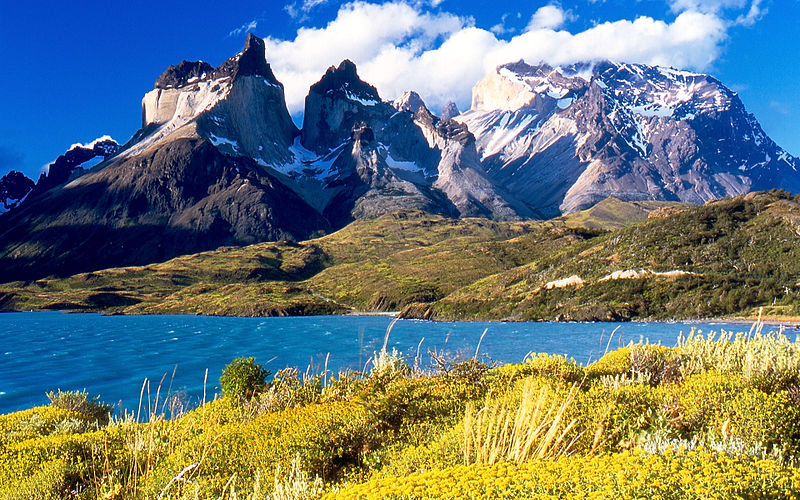
Lake Pehoe & Curnes del Paine
The Wilderness Lands are a maze of lakes and islands, rivers and tributaries, wooded mountainsides and solitude. You have reached Fjord land and paradise. Paradise in the RAIN, the fog and the storms, though. This is no picture postcard existence, as the lives of the tough inhabitants, who farm, raise cattle and sheep, or fish, bear witness. Potatoes grow wild here and in great profusion, and in a lean year, many a native farmer relies on this form of diet for his sustenance.
This is Chilean Patagonia, and in the Aisen region, Chacabuco, 250 miles south of Puerto Montt, where ice sheets fall into the sea in neon blue splendour, is a small isolated settlement with no clearly defined town centre. It consists of one main road, a fish processing facility and a pier and forms the region’s centre.
Patagonian birds of the area include kingfishers, eagles, several types of duck and caiquenes. There is enough low scrub to offer camouflage to guanacos (similar to llamas) and rheas (the South American ostrich). With dense jungle, rivers, cliffs, glaciers, the icy slopes of the tail end of the vast Andes chain, this region provides a stern and frighteningly intense beauty for the visitor, who feels eerily scared and vulnerable in these remote wastelands.
Magallanes is where oil and gas reserves supply almost half of Chile’s needs, and Punta Arenas, is the town of the Magellan Strait. This, the southernmost city on earth, situated astride one of the world’s historic trade routes, has seen its prosperity rise and then fall with that trade. Punta Arenas enjoyed a great boom during the California Gold Rush, when it served as a haven for the great clipper ships. It then became the centre of Chile’s international wool export trade and is where you can see wrecks and crumbly wooden forts and evidence of the Yugoslav settlers who came here to start sheep ranches. The ozone layer damage is very evident here, and visitors need to beware the sun’s glare.
Before the opening of the Panama Canal, Punta Arenas was a very important fuelling port for ships about to go round Cape Horn. Nowadays it is the starting point for nature expeditions such as a tour to Amalia Glacier and the Torres del Pain National Park which rewards tourists with a badge to record their visit. Another is to Otway Sound, where a 2 kilometre hike brings you to the seashore penguin rookery. A substantial colony of Magellanic penguins nests and breeds here at Otway Sound. The birds return every year to the same spot between October and March to lay eggs and raise their young. They bury their eggs in the sandy burrows and under shrubs. This is strictly a wildlife reserve without tourist facilities and medical attention and their bite can be dangerous so the penguins should not be touched by visitors at any time.

Magellanic penguins
Eventually you reach Tierra del Fuego, the archipelago at the southern tip of South America, separated from the continent by the Magellan Strait. Chile shares this remote territory with Argentina. Porvenir is the Chilean city here, Ushuaia belongs to Argentina. A ferry runs between Punta Arena and Porvenir, where a signpost points north, recording the distance to the former Yugoslavia.
The native people who live here in this desolate place at the bottom of the world are the Fuegian Amerindians. It is here where you should spare a thought for those lone yachtsmen and women who have dared brave these inhospitable seas to go round Cape Horn.
Chile owns islands in both the Pacific and Antarctic Oceans. Most notable are the much visited Easter Island (you can fly there daily from Santiago) with its mysterious enormous stone statues the Moai, and the lesser known larger Juan Fernandez Archipelago (Robinson Crusoe Island) which is far less accessible with occasional flights from Santiago.

Anakena beach, Easter Island
For year round weather information please go to www.worldweather.org
You may also like to read
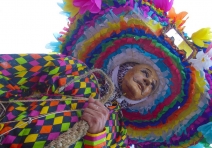
MEXICO - Central America
Tour-smart takes you to Mexico for holidays on the two oceans of Central America.
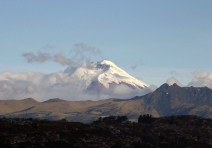
ECUADOR - South America
As Tour-smart shows, for central vacations it would be hard to beat Ecuador as it is situated on the line of the equator.
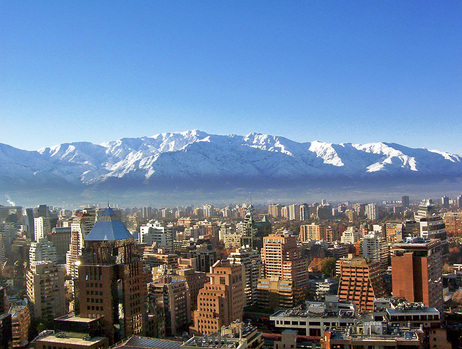
Comments